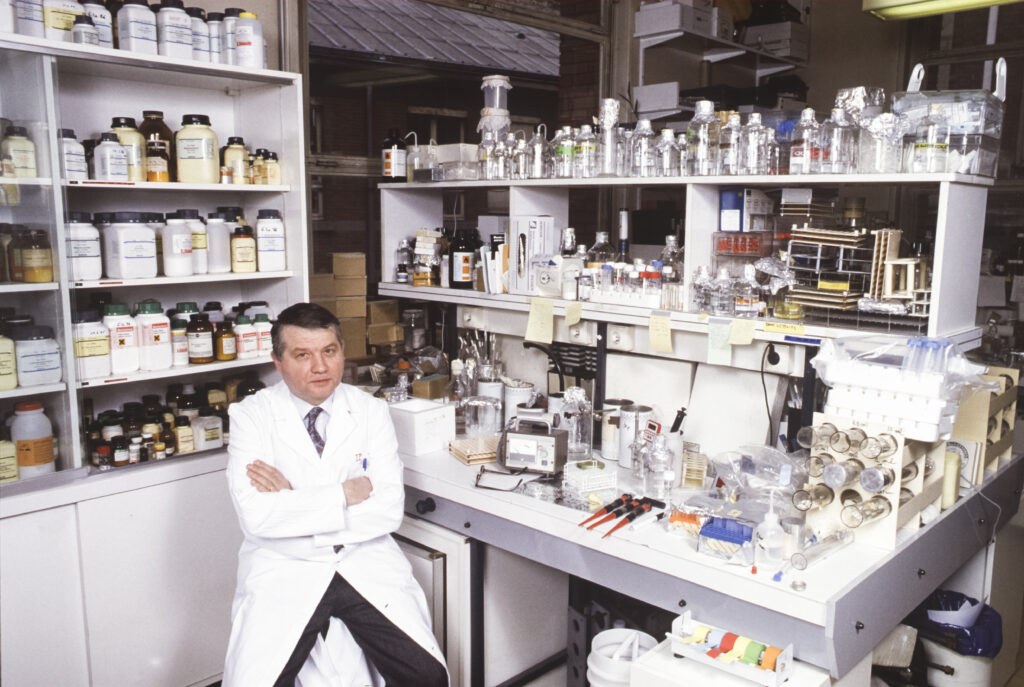Scientist who discovered HIV, changing the course of the AIDS crisis, dies
Author: Josh Milton
HIV co-discoverer professor Luc Montagnier. (Massimo Di Nonno/Getty Images)
Luc Montagnier, a French virologist who won a Nobel Prize for his part in discovering the human immunodeficiency virus (HIV) that causes AIDS, has died. He was 89.
Montagnier passed away in the Parisian suburb of Neuilly-sur-Seine, French news agency AFP reported Thursday (10 February).
He shared half of the 2008 Nobel Prize for Medicine with fellow French scientist Françoise Barrée-Sinoussi for their role in discovering the virus.
But despite the glory he received for discovering HIV, his reputation plummeted in later years as he began to dapple in junk science and rallied against the mainstream sanctified community.
In his final years, he increasingly threw his weight behind pseudoscientific beliefs such as believing that autism could be cured with antibiotics and opposing the coronavirus vaccine.
How Nobel laureate Luc Montagnier came to discover HIV
In 1983, Luc Montagnier worked as director Viral Oncology Unit at the Pasteur Institute. His team was given a swollen lymph node removed from a 33-year-old fashion designer who exhibited early signs of AIDS, a disease that thwarts the immune system.
Originally labelled a “gay plague,” AIDS ripped through the LGBT+ community, swelling into a public health crisis that Montagnier and his team fought for the world to take seriously – scientists included.
This was, after all, a time when AIDS was defined by the unknown. Some health experts had speculated that the disease was caused by an infectious agent that contaminated T cells, the bodyguards of the immune system.

Other than hunches, scientists had nothing. There was no known cause of why countless LGBT+ people were dying, stirring paranoia even among the doctors and nurses who cared for them. Without any tests or treatments, AIDS was seen as a death sentence.
But looking down at the tissue sample, Montagnier and his team were surprised by what they saw. There was an alarmingly potent retrovirus that seemingly snuck into the genes deep inside white blood cells before tricking the cell’s machinery into replicating it.
They had just discovered HIV. Montagnier and Barrée-Sinoussi published their finding on 20 May, 1983. It paved the way for HIV blood tests and medical leaps that that now allow people with the virus to live long, healthy lives.
Soon after, American researcher Robert Gallo, of the National Institute of Health, would publish work linking HIV to AIDS, working from the same sample that Montagnier had.
It sparked a public feud that lasted for years, cooled only when US president Ronald Reagan and French prime minister Jacques Chirac agreed to have them share patent royalties.
The Nobel Committee for Physiology or Medicine, however, saw things differently. The committee handed the prize jointly to Montagnier and Barrée-Sinoussi.
Montagnier would go on to become Director of the World Foundation for AIDS Research and Prevention in Paris, building on his decades of discovering viruses and helping the world understand how these organisms hack the genomes of cells.
Actual Story on Pink News
Author: Josh Milton




